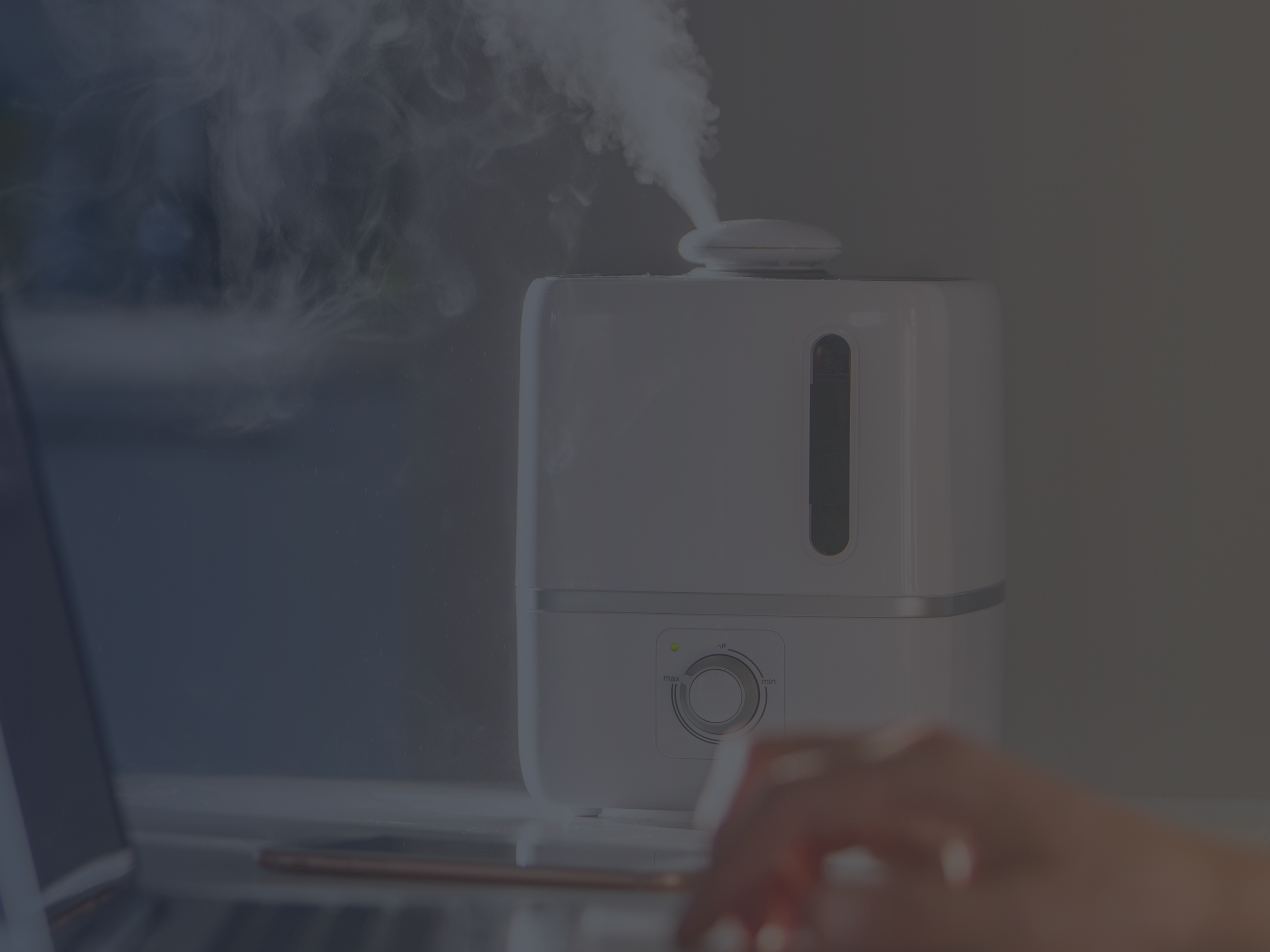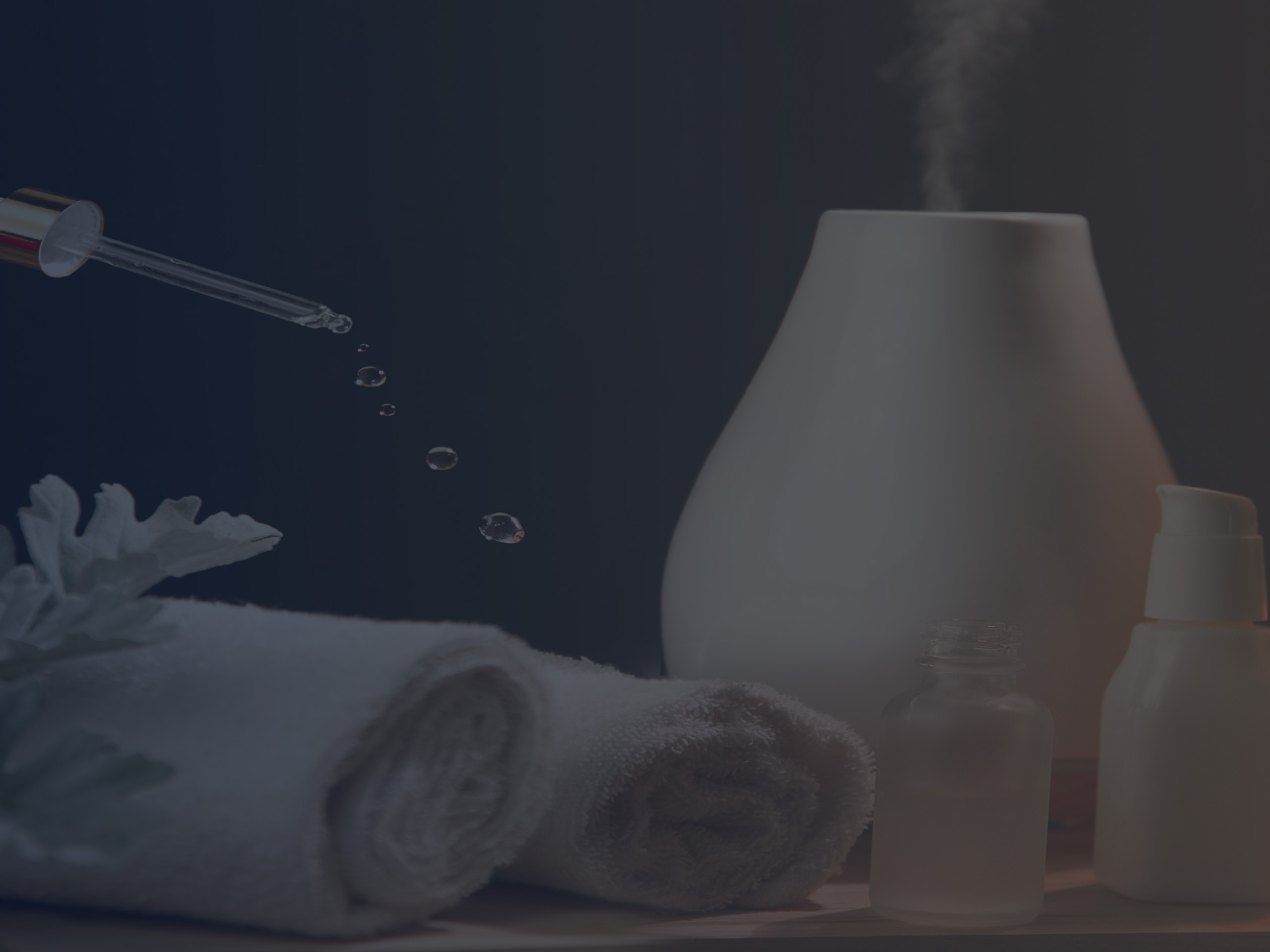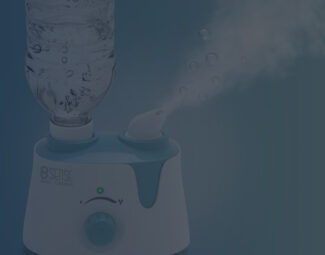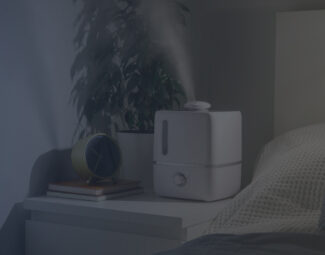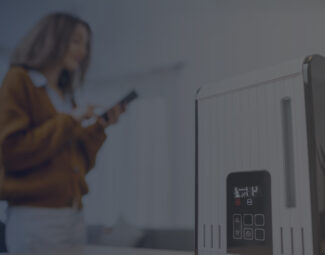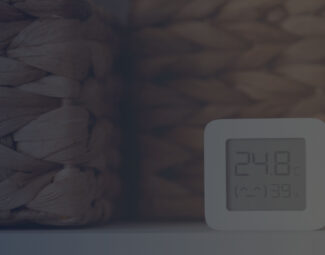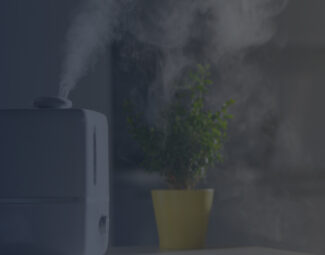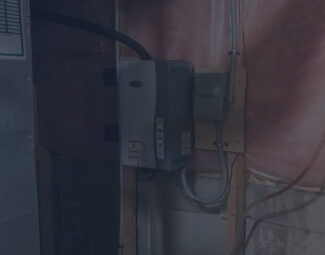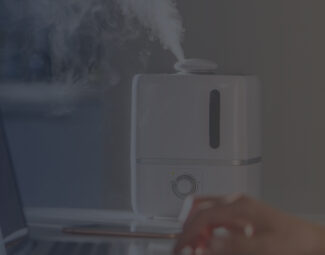M aintaining proper humidity levels indoors is something of an impossible feat if you don’t have the proper tools for the job. In case you live in an arid area where the air tends to be dry all year long or if you simply seek to stay clear of congestion and colds this winter by maintaining proper humidity indoors, you need a moisture-enhancing system. But then the question inevitably arises – what should you acquire?
Different in their operation and functionalities yet all serving the same purpose of enhancing air moistness indoors, humidifiers, diffusers, and vaporizers are the three systems you need to consider for solving air dryness issues in your home. In the following we will take an in-depth look at what each system provides and how it works, even comparing your options to each other so that you can rest assured you will be making an informed decision at the end of the day.
Humidifier ABC’s
Definition: Humidity enhancing system that releases mist or steam into the air to relieve dry skin and help alleviate and prevent symptoms that are typical for respiratory conditions like asthma, for example.
How does it work?
A: There are multiple types and each provides moistness increase through different means. Ultrasonic humidifiers use a piezoelectric transducer that vibrates at a high rate to break apart water molecules, evaporative systems utilize a wick filter to soak the water and a fan to evaporate it into the air from there, impeller systems use finned disks to carry the water to a mesh screen where it is broken into droplets that get released into the air, and steam systems employ heating elements to simmer the water and discharge steam into the room to enhance moisture.
Safety Considerations
- Upside: Cool mist humidification systems are safe to utilize even in the proximity of kids and pets as they do not use or generate heat in their operating process.
- Upside: Both cool and warm mist machines can impact the temperature of the surrounding environment, adding to thermal comfort indoors.
- Upside: Regardless of the machine type we are referring to, a silent operation is almost always granted.
- Upside: Fairly energy-efficient, all machine types consuming little power when they run.
- Downside: Warm mist humidification systems are not suited for use in households where kids and pets reside since these units use a heating element that can be hazardous if entered into contact with it.
- Downside: Potential to harbor bacteria and release it into the air via mist/steam if it is not cleaned regularly.
Upkeep Considerations
Regular cleaning, preferably 1-2 times per week is mandatory as, especially if tap water is used, mineral deposits and bacteria growth can occur in the tank. Consider using distilled water to reduce the chances of limescale and mineral deposits in the machine’s reservoir. Tank water ought to be replaced routinely as well, otherwise, mold and mildew will develop.
How to clean the humidifier: Disassemble the unit and fill the basin midway with water, preferably water that has been filtered of impurities. Then, add two white vinegar teaspoonfuls. Vigorously agitate the tank and rinse it well to get rid of the residual vinegar smell.
Costs – Upfront and Maintenance
- Upfront costs: Prices can range from as little as $15 up to $500 or more, depending on what type of humidification system you look into, its capacity, and accompanying functions and features.
- Maintenance costs: Low even with systems that feature parts that need occasional replacement, like wick filters.
Diffuser ABC’s
Definition: Device that works similarly to a humidifier and that is utilized to disperse water mixed with essential oils into the air to create a more aromatic, relaxing atmosphere.
Q: How does it work?
A: It mixes the water in the reservoir with essential oil of your choice and diffuses it into the air to increase moisture and solve low RH levels indoors, all while granting a more pleasant ambiance in the room.
Safety Considerations
While their operation is not necessarily an unsafe one, diffusers can indeed pose a threat under specific circumstances. For example, some models can get hot when they work as they heat the water and oils inserted in them, so they must be kept away from infants so that they won’t hurt themselves. Another aspect to take into consideration is that pets are sensitive to high concentrations of essential oils, so it would be best to avoid using the diffuser in the same room with your beloved companion.
Upkeep Considerations
Regular cleaning is mandatory with diffusers as the essential oils you add to the water may produce clogging. To follow through with proper cleaning, proceed as follows:
- Fill the container with clean water to which you add a few drops of liquid soap.
- Leave the mixture within the tank for 1-2 minutes prior to you delicately scrubbing the interior with a sponge.
- Throw the mixture out and refill the reservoir with water in which you add two teaspoons of white vinegar that you let sit for about 10 minutes.
- Flush out the reservoir multiple times to get rid of the vinegary odor.
Costs – Upfront and Maintenance
- Upfront costs: Generally within the $10 to $50 range, depending on size, design, and whether or not essential oils are included with the purchase.
- Maintenance costs: No actual replacements are needed, so upkeep doesn’t cost a cent.
Vaporizer ABC’s
Definition: Moisture enhancement systems that operate similarly to humidifiers, producing steam to normalize low RH levels.
How does it work?
A: Via the use of an electrically-powered heating element, these systems simmer the water to produce steam that is released into the air or inhalable vapor.
Safety Considerations
- Upside: Don’t emit harmful minerals or impurities into the air as the sweltering process handles their elimination from the water.
- Downside: Don’t leave it in the reach of infants or pets as they might get burned. It’s recommended for the machine to be at a distance of 4’ from people and animals when it runs to prevent burns from the steam as well.
- Downside: Place it somewhere where you won’t knock it over as the scorching hot water can burn your skin if it is spilled.
Upkeep Considerations
- Tank cleaning instructions: Empty it first in case there is any water left inside. Fill it with water and add liquid soap, after which you can proceed to delicately scrub the interior of the reservoir. In the end, rinse it thoroughly.
- Heating element cleaning instructions: Immerse it in white vinegar for about 10 minutes and rinse it when the time passes to get rid of the smell.
Costs – Upfront and Maintenance
- Upfront costs: For a decent system, you are likely to spend an estimated $30-$50. Prices evidently vary depending on design and size, as well as brand recognition.
- Maintenance costs: There are no parts to replace, so you won’t spend any money on upkeep.
Side-by-Side Comparison
Factor |
Humidifiers |
Diffusers |
Vaporizers |
|---|---|---|---|
Allergy relief |
Yes |
Yes |
Yes |
Congestion relief |
Yes |
Yes |
Yes |
Dry skin relief |
Yes |
Yes |
Yes |
Humidity increase efficiency |
High |
Medium |
High |
Safety in use |
High |
Medium |
Medium |
User-friendly design |
Yes |
Yes |
Yes |
Required maintenance |
Weekly |
Weekly |
Weekly |
Maintenance costs |
Low |
Low |
Low |
Upfront costs |
Vary |
Low |
Vary |
Conclusion
As you likely already deduced on your own, all three systems are quite effective when it comes to moisturizing the air indoors. Nonetheless, humidifiers and vaporizers are better at raising humidity levels as opposed to diffusers that are meant for a slightly different purpose, that of creating a more pleasant and relaxing ambiance in the room. In contrast, with some humidifiers, you can add medicated inhalants in the water so that you can get back to a good state of health in case you catch a cold, for example. To wrap it all up, the decision depends on what your needs are, but what is certain is that increase of RH levels indoors will be provided no matter what you pick.


